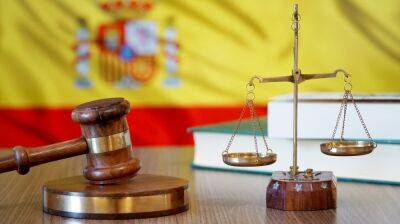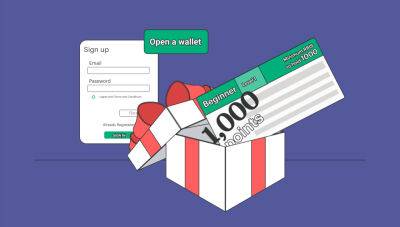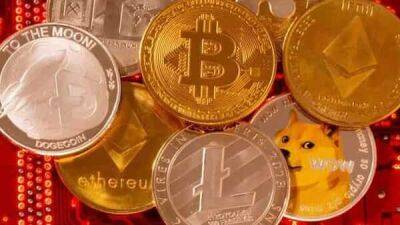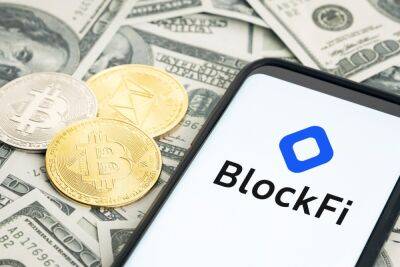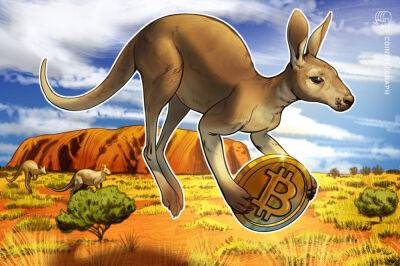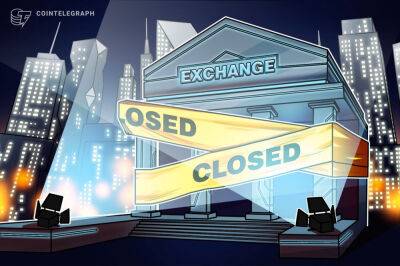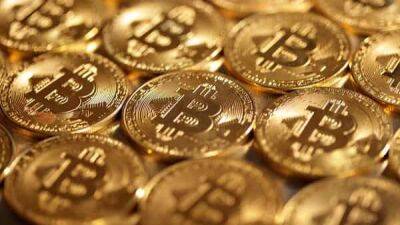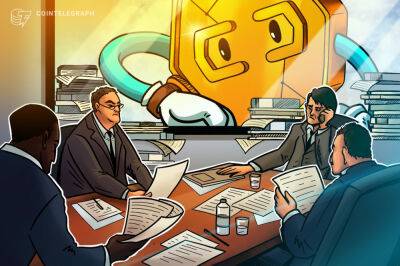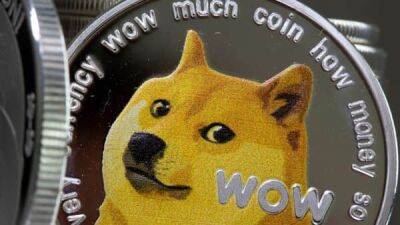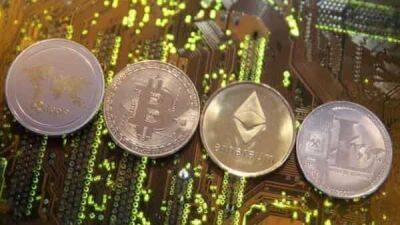Is FTX-led crypto bubble is really worst of its kind?
Investment bubbles get a bad rap. Perhaps we should mock them a little less and express our gratitude to them a little more. Why? Because while they leave huge misery in their wake, they also eventually leave us with good things paid for by other people’s capital.
The bicycle bubble of 1896, for example, left us with better bicycles. It also led to a significant improvement in the quality of the roads in the US. As Sandy Nairn points out in his 2002 book Engines That Move Markets (a must read for anyone interested in how new technology drives bubbles), at the time, “surfaced roads remained a rarity." By getting them resurfaced, the bicycle boom paved the way for the arrival of the automobile.
The over-investment in the auto industry in the early 1900s — some 600 new car manufacturers launched in the US between 1908 and 1910 — gave us stunningly efficient and fast combustion-engine cars. The first ones were so slow that detractors used to stand by the road yelling “get a horse" at the drivers; today, we need speed limits to stop everyone driving at 150 mph.
The diving bell bubble of the 1690s left us with better diving technology (all the better for finding wrecks with). The railway bubble gave us railways (and, in the UK, an accounting revolution). The dotcom bubble gave us the infrastructure for the modern internet, and the US housing bubble of 2007 at least left a lot of houses in its wake. Even the much maligned tulip bubble left some very beautiful tulips (some of which are still around today) and some rather fabulous paintings (it encouraged a focus on floral displays ). Even the South Sea Bubble in the UK, while mainly based on silly stories, advanced the infrastructure around joint stock companies a little.
You
Read more on livemint.com
